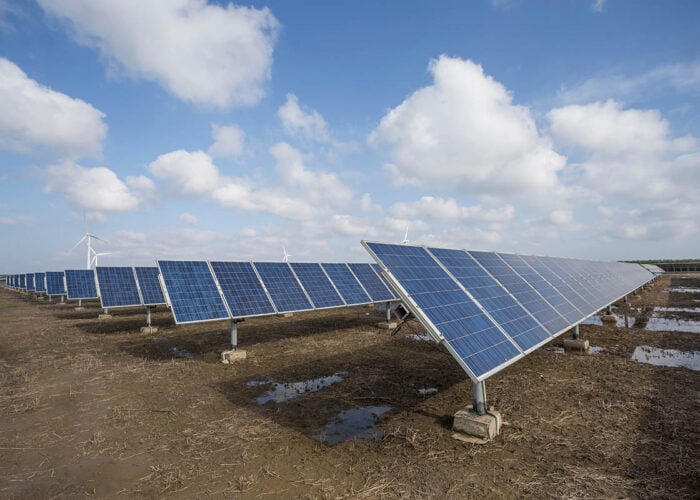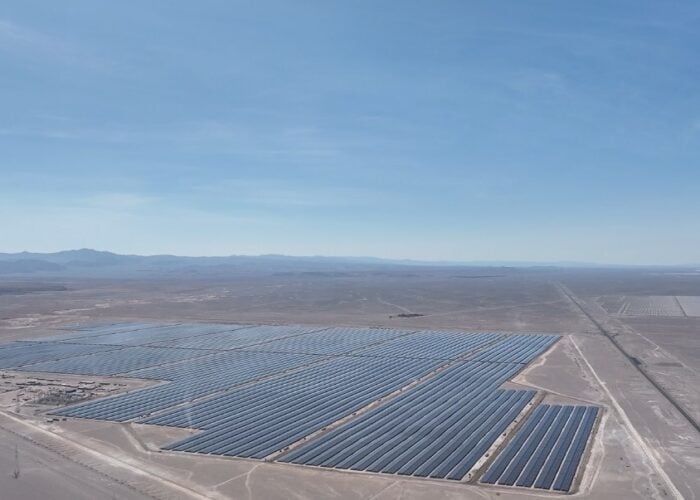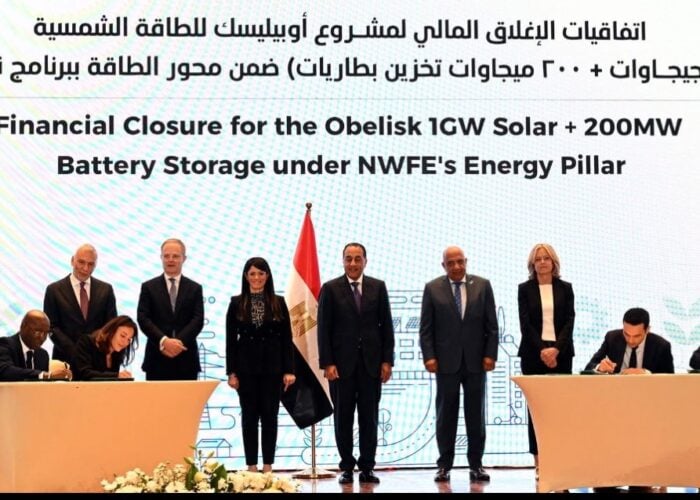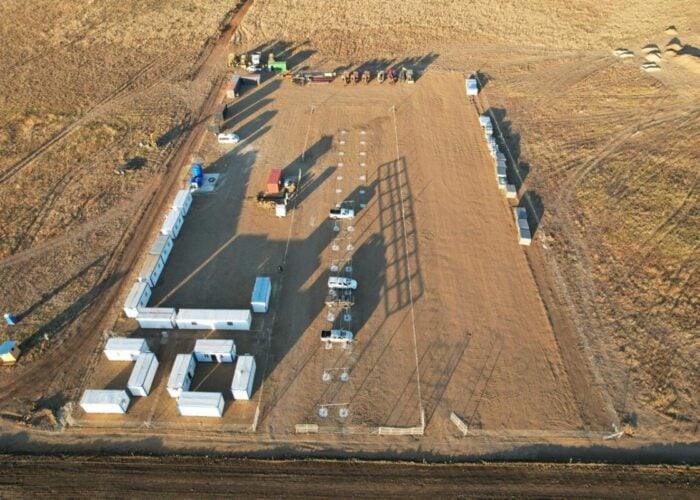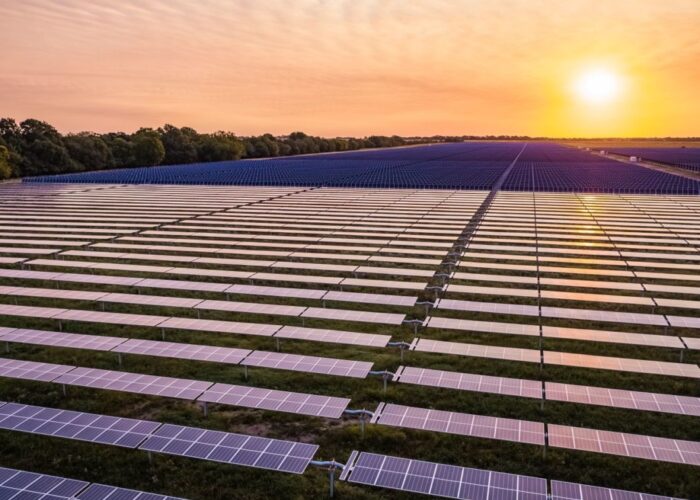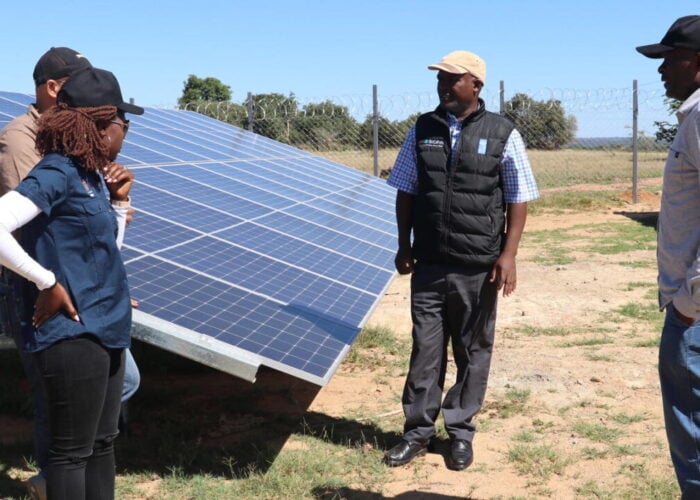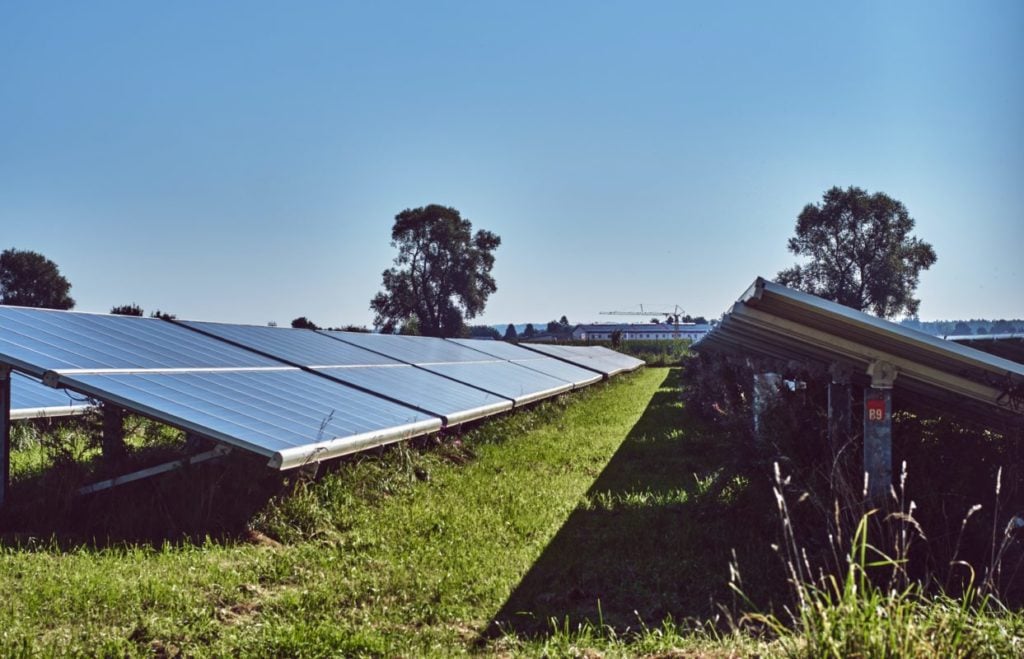
Clean energy investment across Africa has to double the current US$90 billion target by 2030 and reach nearly US$25 billion per year, according to a report by the International Energy Agency (IEA) and the African Development Bank Group (AfDB).
The increased investment would be needed for the continent to achieve its energy development and climate goals, with two-thirds of spending towards clean energy.
Unlock unlimited access for 12 whole months of distinctive global analysis
Photovoltaics International is now included.
- Regular insight and analysis of the industry’s biggest developments
- In-depth interviews with the industry’s leading figures
- Unlimited digital access to the PV Tech Power journal catalogue
- Unlimited digital access to the Photovoltaics International journal catalogue
- Access to more than 1,000 technical papers
- Discounts on Solar Media’s portfolio of events, in-person and virtual
The report, Financing Clean Energy in Africa, outlines the cost of capital for utility-scale renewable projects is twice to treble higher in Africa than in advanced economies, which prevents developers from pursuing commercially viable projects.
Half of all clean energy investments in the continent by 2030 will be towards renewables and grids, with solar PV as the cheapest source of power across the entire continent.
Moreover, electricity demand is expected to increase by 75% between 2020 and 2030, with solar PV and wind power accounting for the majority of capacity additions and with a share of 27% of all power generation in Africa by 2030.
“The African continent has huge clean energy potential, including a massive amount of high-quality renewable resources. But the difficult backdrop for financing means many transformative projects can’t get off the ground,” said IEA executive director, Fatih Birol.
These include the provision of more early-stage financing and greater use of tools that can reduce perceived investment risks in order to attract private capital. This will require strong engagement from both the public and private sectors, as well as the support of foreign and domestic institutions, according to the report.
Among the financial initiatives aimed to accelerate the installation of solar PV in the continent is the AfDB’s “Desert to Power” programme – launched in 2019 – aimed to develop 10GW of solar PV across 11 countries in the Sahel and East Africa with an investment of up to US$20 billion. Once completed, the project would become the largest solar zone in the world. A first phase focused on the Sahel G5 (Burkina Faso, Chad, Mali, Mauritania and Niger). It contributed to the development of national energy roadmaps and provided capacity building to increase the expansion of on-grid solar PV generation while leveraging private capital.
For utility-scale projects, solar PV has been the prominent technology in the continent, so much so that in South Africa, nearly half of the US$2.7 billion investments in new energy last year in the country was for solar PV.
This report was built upon IEA’s Sustainable Africa Scenario developed in a previous report, Africa Energy Outlook 2022, where solar would lead capacity additions in the continent and reach a total installed capacity of 125GW solar PV by 2030.
“The current shortfall in clean energy investment in Africa puts at risk the achievement of a host of sustainable development goals and could open new dividing lines in energy and climate as clean energy transitions gather speed in advanced economies,” said AfDB President Akinwumi Adesina.
Not only the financing of projects would be required for the continent to accelerate the growth of renewables, but major grid investment will be necessary to make it more reliable and avoid continuous curtailments, as is the case in South Africa.
Investment towards the grid needs to increase from the current US$10 billion per year to US$50 billion by 2030, with new financing models that are less reliant on limited state funds.
Early in the year a new initiative, the Africa Renewable Energy Manufacturing Initiative (AREMI), was launched with the aim to scale up renewable energy manufacturing capabilities in the continent and unlock up to US$850 million in investments.
In the Sustainable Africa Scenario, nearly 80% of capacity additions across the continent this decade will come from renewable power projects. Private investment has grown significantly in South Africa and Egypt, which have had several auction rounds. However, private solar PV projects have eclipsed South Africa’s tenders due to severe grid access issues.
Foreign companies have shown interest in developing large-scale solar projects across Africa, with several at the gigawatt-scale such as a 1GW floating solar plant in Zimbabwe by Chinese state energy firm China Energy Engineering Corporation or UAE-owned renewables company Masdar planning to develop 3GW of renewables in Angola and Uganda, and more recently 500MW of solar PV in Ethiopia.
Furthermore, several countries in Africa, including Egypt and Morocco, have shown an increased interest in creating green hydrogen hubs.

